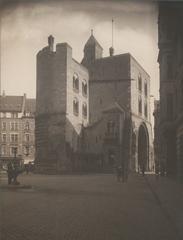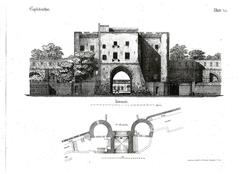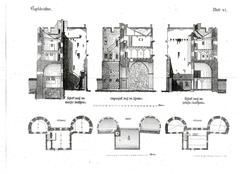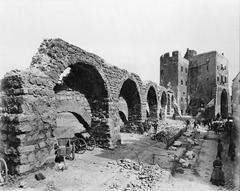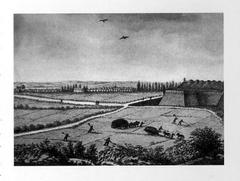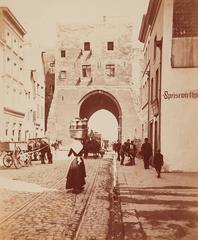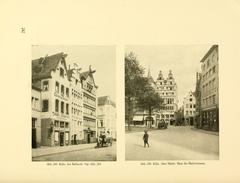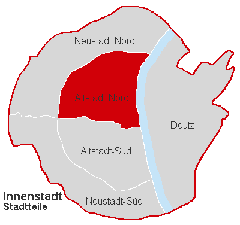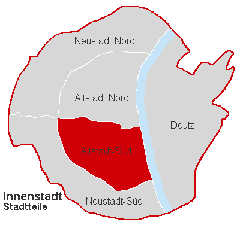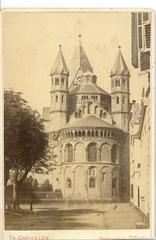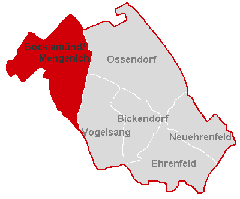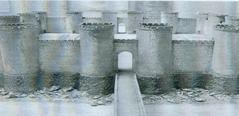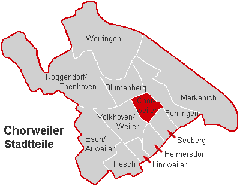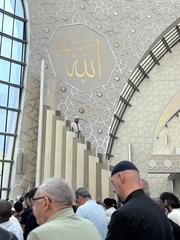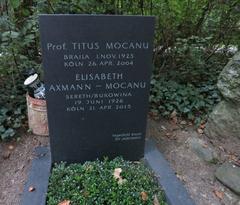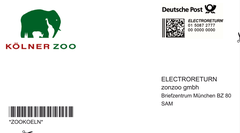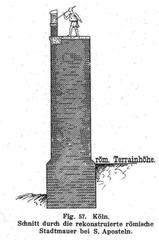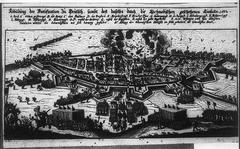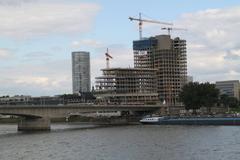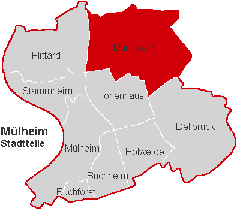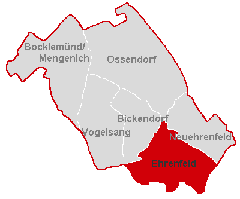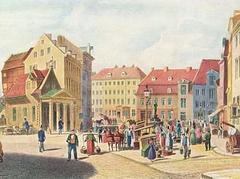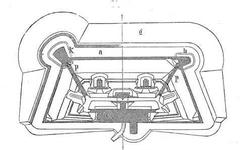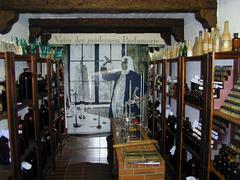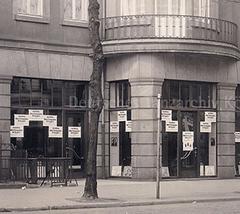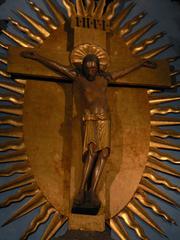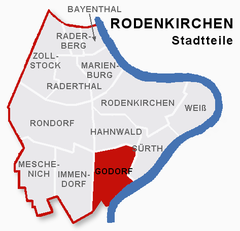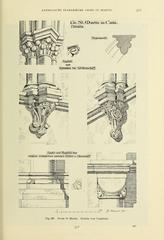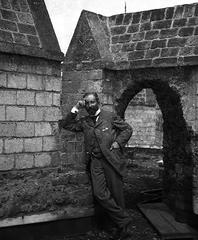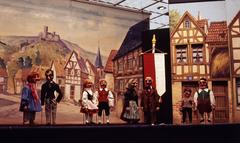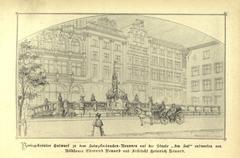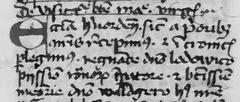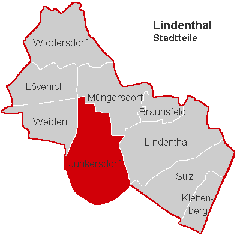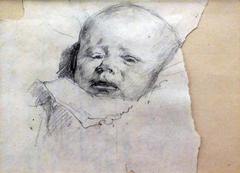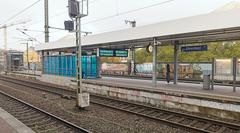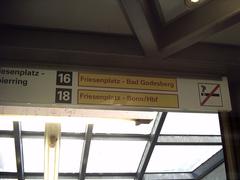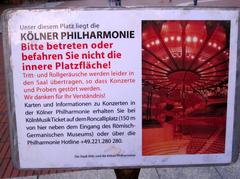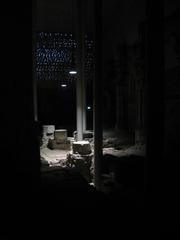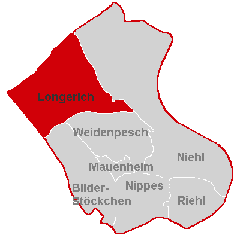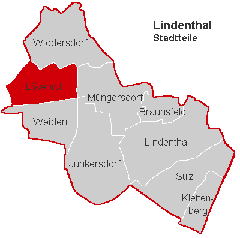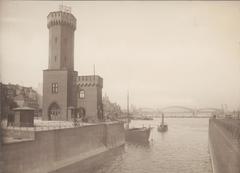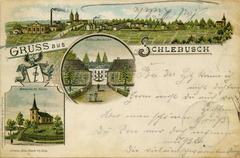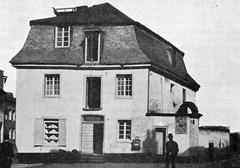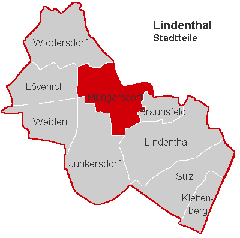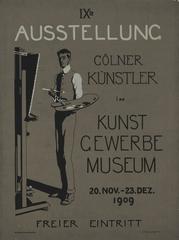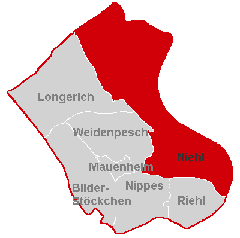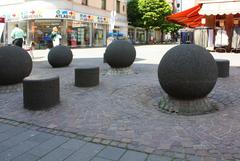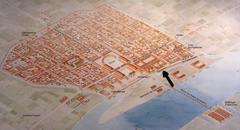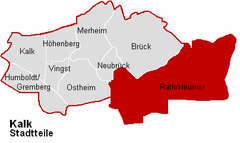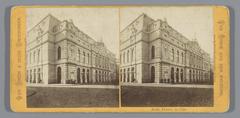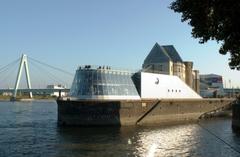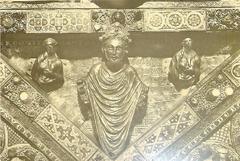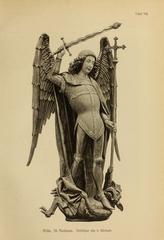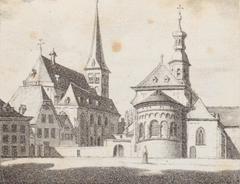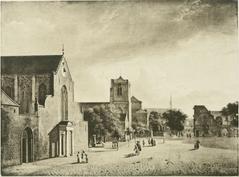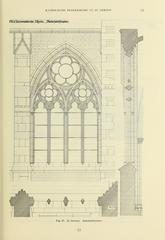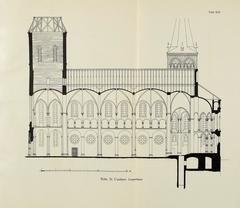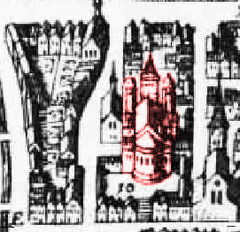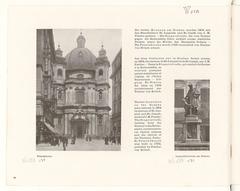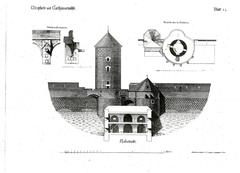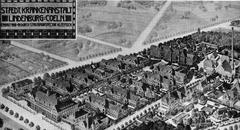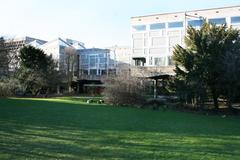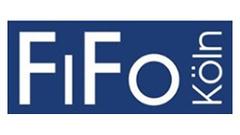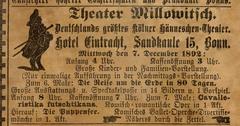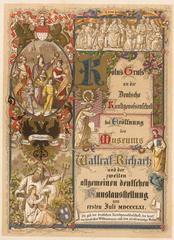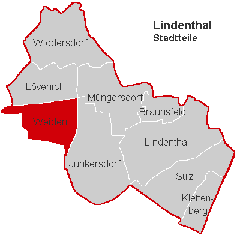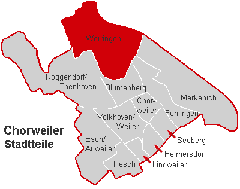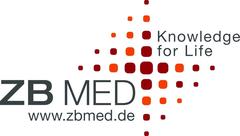
Eigelsteintorburg Visiting Hours and Tickets in Cologne, Germany
Date: 23/07/2024
Introduction
The Eigelsteintorburg, also known as the Eigelstein Gate, is a prominent historical monument located in the heart of Cologne, Germany. This medieval gate, dating back to the 13th century, is a testament to the city’s rich history and architectural grandeur. Originally constructed as part of a larger fortification effort during Cologne’s second expansion, the Eigelsteintorburg was designed to protect one of the largest and most prosperous cities in the Holy Roman Empire. The gate, named after the bustling Eigelstein district, has been a central part of Cologne’s history, serving as a defensive structure and customs post (Cologne Tourism Official Website) (Cologne Monument Authority).
The architectural significance of the Eigelsteintorburg is remarkable, showcasing the Romanesque military style with two robust round towers and a central archway. Constructed from trachyte sourced from the nearby Drachenfels mountain, this gate is not only a defensive marvel but also a symbol of medieval craftsmanship. Over the centuries, the Eigelsteintorburg has witnessed numerous historical events and undergone several restoration efforts to preserve its grandeur. Today, it stands as a protected monument and a popular tourist attraction, drawing visitors interested in exploring Cologne’s medieval past and architectural heritage (Heinrich Wiethase’s Restoration Work).
Table of Contents
- Introduction
- Origins and Early History
- Architectural Significance
- Role in Medieval Cologne
- The Gate in the Modern Era
- Cultural and Historical Significance
- Visitor Information
- Preservation Efforts
- Visitor Experience
- FAQ
- Conclusion
Exploring Eigelsteintorburg - History, Visiting Hours, and Tickets
Origins and Early History
The Eigelsteintorburg dates back to the 13th century, specifically around 1228-1248, during the city’s second expansion. This fortification effort aimed to protect Cologne, one of the largest and most prosperous cities in the Holy Roman Empire. Named after the Eigelstein district, known for its bustling trade and vibrant community life, the gate has always been a central part of Cologne’s history.
Architectural Significance
A prime example of Romanesque military architecture, the Eigelsteintorburg features two robust round towers flanking a central archway, originally equipped with a portcullis and heavy wooden doors. The gate’s walls are constructed from trachyte, a volcanic rock sourced from the nearby Drachenfels mountain, a common building material in medieval Cologne.
Role in Medieval Cologne
During the Middle Ages, the Eigelsteintorburg served as both a defensive structure and a customs post. Goods entering the city were inspected and taxed here, contributing to Cologne’s economic prosperity. Strategically located on the northern route to Neuss and the Netherlands, the gate became a critical point for trade and commerce. The surrounding Eigelstein district evolved into a bustling hub of activity, with markets, inns, and workshops catering to travelers and merchants.
The Gate in the Modern Era
Over the centuries, the Eigelsteintorburg has undergone several restorations and modifications. In the 19th century, during the Prussian era, it was partially dismantled for urban development. Significant restoration efforts began in the early 20th century, with the most notable restoration led by architect Heinrich Wiethase between 1889 and 1891. These efforts aimed to restore the gate to its medieval appearance while incorporating modern structural reinforcements.
Cultural and Historical Significance
Today, the Eigelsteintorburg stands as a symbol of Cologne’s rich history and cultural heritage. It is a protected monument and a popular tourist attraction, drawing visitors interested in medieval architecture and the city’s historical evolution. The gate also serves as a focal point for local events and festivals, reflecting its enduring significance in the community. The surrounding Eigelstein district remains vibrant, known for its eclectic mix of shops, restaurants, and cultural venues.
Visitor Information
Visiting Hours and Tickets
The Eigelsteintorburg is open to visitors year-round. Visiting hours are typically from 10 AM to 6 PM, but it’s advisable to check the Cologne Tourism Official Website for any changes or special events. Entry to the gate is free, but guided tours may have a small fee.
Travel Tips
The Eigelsteintorburg is easily accessible by public transport. The nearest tram stop is Ebertplatz, which is a short walk away. For those driving, parking is available in nearby public parking facilities.
Nearby Attractions
Cologne is rich with historical sites. After visiting the Eigelsteintorburg, consider exploring the Cologne Cathedral, the Roman-Germanic Museum, and the Hohenzollern Bridge, all within a short distance.
Special Events
Throughout the year, the Eigelsteintorburg hosts various events and festivals. These include medieval reenactments, local markets, and cultural festivals, offering a unique glimpse into the gate’s historical significance.
Accessibility
The Eigelsteintorburg is accessible to visitors with disabilities. Ramps and elevators are available to ensure everyone can enjoy this historic site.
Preservation Efforts
The Cologne Monument Authority manages the preservation of the Eigelsteintorburg. Recent efforts have focused on addressing wear and tear caused by environmental factors and urban pollution. Techniques like laser cleaning and micro-sandblasting are used to preserve the gate’s intricate stonework, ensuring it remains a testament to Cologne’s medieval past.
Visitor Experience
Visitors can explore the gate and its surroundings, gaining insight into Cologne’s medieval history. Informational plaques and guided tours provide historical context and highlight the gate’s architectural features. The nearby Eigelstein district offers a variety of dining and shopping options, making it an ideal destination for tourists. The gate’s proximity to other historical sites allows for a comprehensive exploration of Cologne’s rich heritage.
FAQ
What are the visiting hours for Eigelsteintorburg?
Visiting hours are typically from 10 AM to 6 PM. It’s advisable to check the Cologne Tourism Official Website for any changes.
How much are tickets to visit Eigelsteintorburg?
Entry to the gate is free, but guided tours may have a small fee.
What is the best time to visit Eigelsteintorburg?
The gate can be visited year-round, but spring and summer offer the best weather for exploring the surrounding area.
Conclusion
The Eigelsteintorburg is more than just a historical monument; it is a symbol of Cologne’s rich heritage and architectural prowess. From its origins in the 13th century as a defensive gate and customs post to its modern-day role as a cultural landmark, the Eigelsteintorburg has played a pivotal role in Cologne’s history. Its architectural significance, marked by robust towers and intricate stonework, continues to captivate visitors and historians alike.
Today, the Eigelsteintorburg serves as a reminder of Cologne’s medieval past while seamlessly blending into the city’s vibrant urban landscape. Preservation efforts by the Cologne Monument Authority ensure that this historical gem remains intact for future generations to explore and appreciate. Visitors can immerse themselves in the history and culture of Cologne by exploring the gate, participating in guided tours, and enjoying the local festivities that often take place around this iconic structure.
Whether you are a history enthusiast, an architecture aficionado, or simply a curious traveler, a visit to the Eigelsteintorburg offers a unique and enriching experience. As you walk through its archways and admire its grandeur, you are transported back in time, gaining a deeper understanding of Cologne’s historical and cultural significance (Cologne Tourism Official Website) (Cologne Monument Authority).
